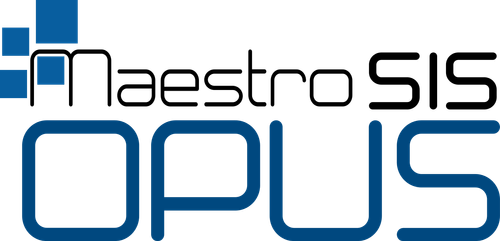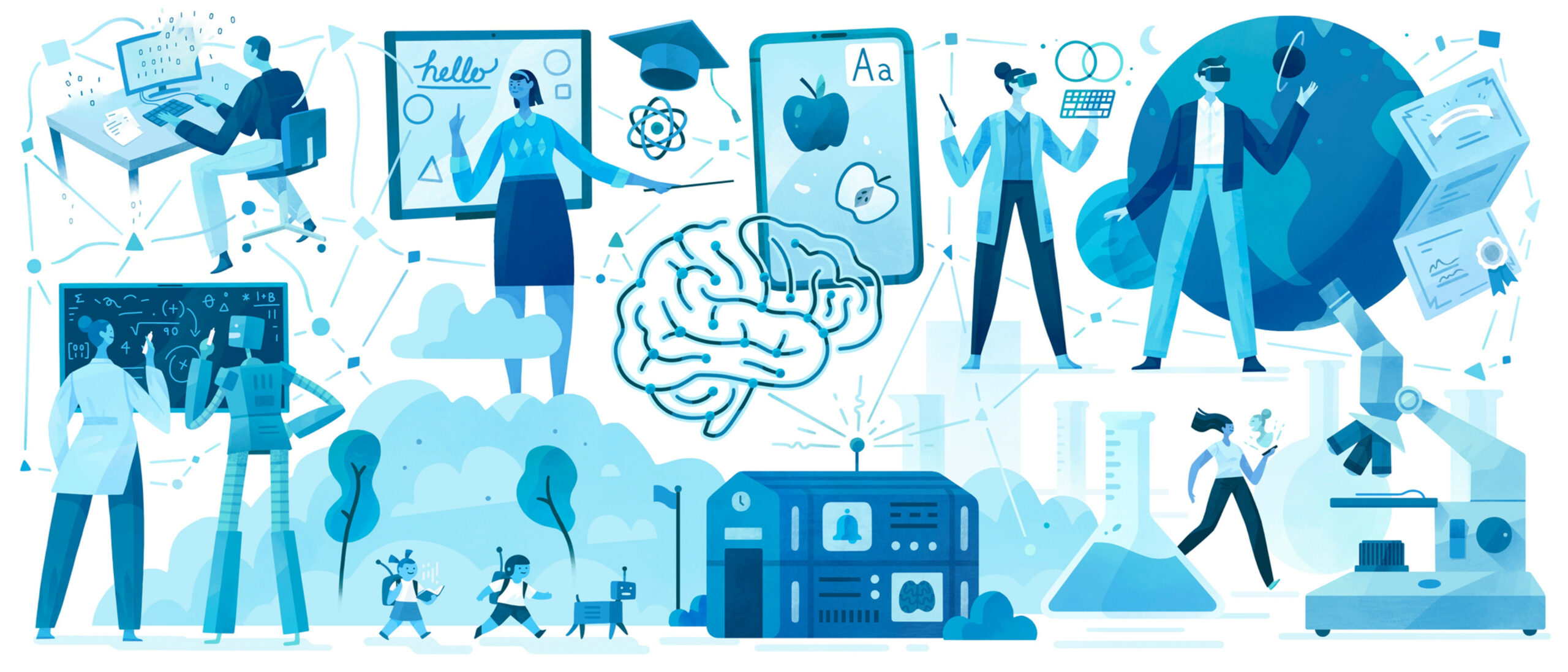The use of edtech, or educational technology, has had a significant impact on higher education institutions in recent years. With the rise of online learning and the need for efficient, remote-friendly solutions, edtech tools have become increasingly important for streamlining processes and managing data.
One such tool is the learning management system (LMS). A Learning Management System (LMS) is a software application or web-based technology used to plan, implement, and assess a specific learning process. Typically, a LMS provides an instructor with a way to create and deliver content, track student progress, and manage the administration of a course. Some popular examples of LMS include Blackboard, Canvas, and Moodle. LMS can be used to deliver online courses, as well as supplement traditional classroom-based instruction. They are widely used in education, corporate training and professional development.
LMS allows teachers and trainers to create and manage content, track student progress, and communicate with students. It also enables students to access materials and submit assignments, take quizzes, and communicate with their teachers and classmates. LMS can be self-hosted or cloud-based, open-source or proprietary, and have a wide range of features and functionalities.
Another example of an edtech tool that is used for managing data is a student information system (SIS). A SIS is a software application that helps higher education institutions manage student data for the central processes required to run an educational organization, including interface for students to interact with so they too can manage their academic career. Key components include admissions, enrollment, grades, tuition, and transcripts. It can also help with scheduling, class registration, and other administrative tasks.
While it may share some crossover functionality with an LMS, an SIS possesses a wider array and depth of functionality needed to run an institution. Partners of ours here at BocaVox have expressed “Maestro SIS Runs our school!”. Streamlining all the processes for the entire student lifecycle, your SIS should have the ability to capture data from the first point of inquiry with a student through graduation and beyond, and give you access to report on any of this data any way you like. Where your SIS may lack functionalities, you may simply choose to use an alternate software vendor for that process (such as admissions or financial aid), and a strong higher education SIS integration can bridge that gap to ensure accuracy of data transfer and eliminate manual duplicate data entry across systems.
While edtech tools can drive efficiency of higher ed business processes and power up data management, it is important for higher education institutions to regularly evaluate how their teams are using the software, to what extent departments and their data communicates with each other, and ultimately how efficient your teams really are functioning with the given tools. Equally important, is evaluating how up to date the systems are that you are using. Using outdated software can end up costing more money in the long run, as it may require more maintenance and may not have the features and capabilities of modern systems.
In summary, edtech has transformed higher education through the implementation of innovative tools such as learning management systems and student information systems. These tools, when used to their fullest potential, lead to improving operational efficiency, enabling institutions to effectively manage and leverage their data. To stay competitive, it is vital for institutions to regularly update their technology, avoiding costly investments in outdated systems in the long-term.
Maestro SIS by BocaVox – The Masterpiece of School Administration!


